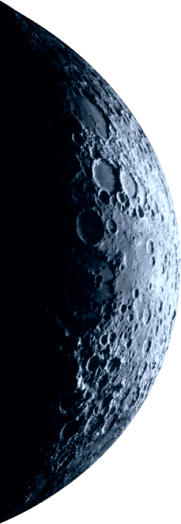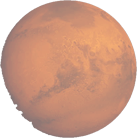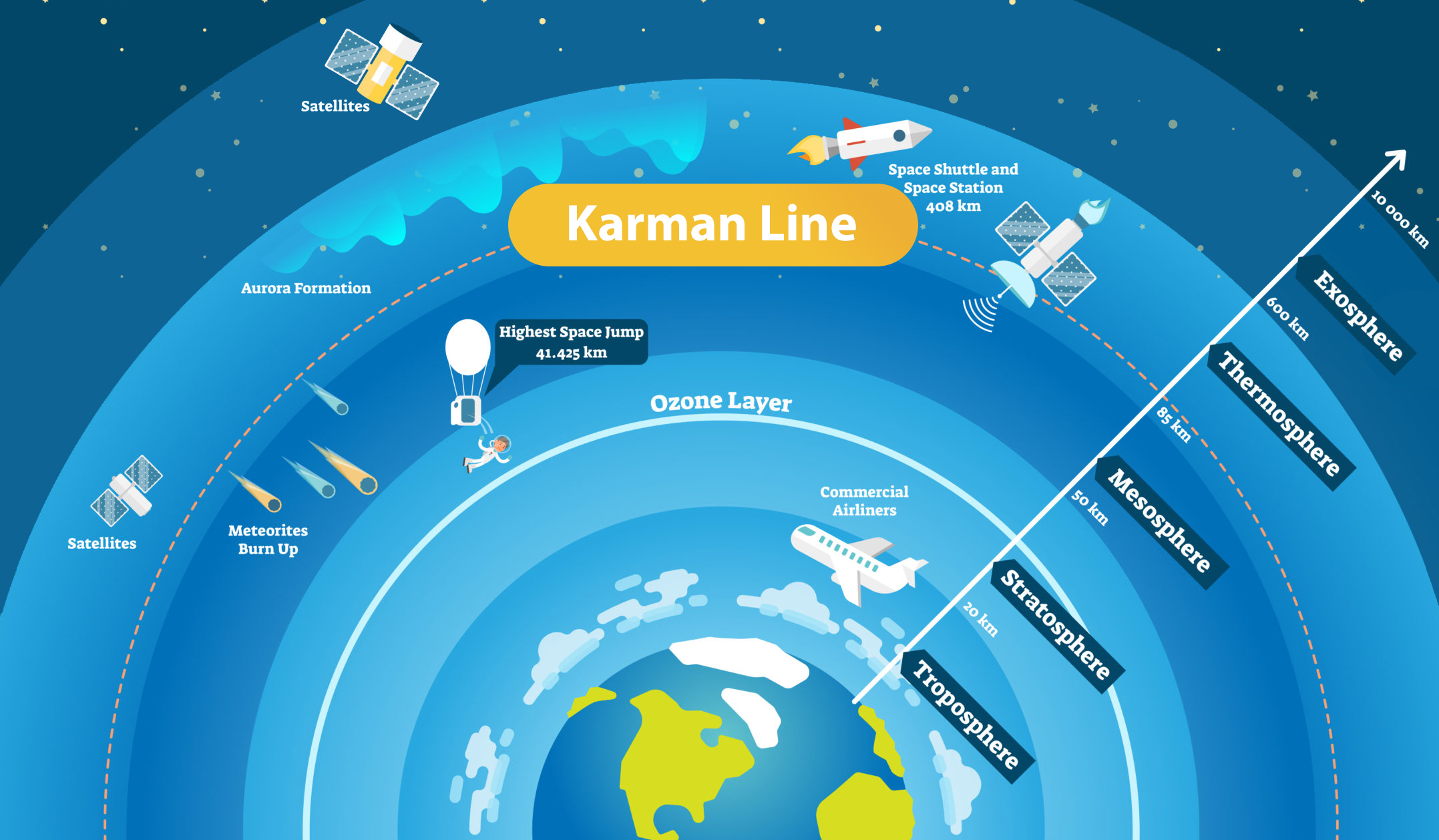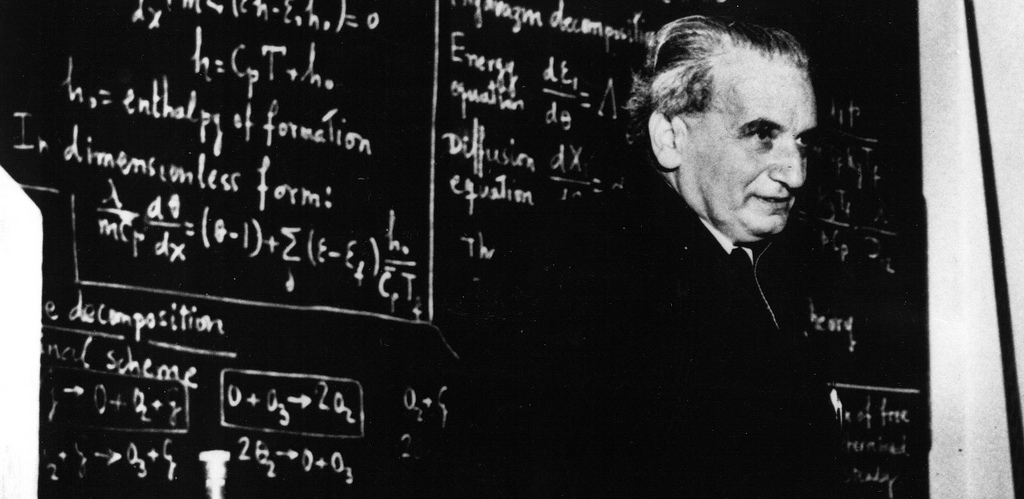


Karman Line – Where does ‘space’ begin?
After World War II, two of the world’s biggest superpowers, USSR and US, started their efforts for dominance in nuclear, technological, and space arenas. As both countries began to advance their goals and projects, a curious question arose: “Where exactly does earth end and space begin?” Furthermore, “What constitutes a space flight versus a regular commercial flight?”
There is much debate and discussion on where the edge of space is.
The lack of an international standard fuels the discussions of who, within the private space sector, is an actual astronaut? Does flying above 100km (62 mi) or 78km (50 mi) above Earth qualify you as having, in reality, traveled to space?
To understand the problem, we have to start at the beginning.
Perhaps to define what a space flight is, we must first define what a space flight isn’t. Most of us here on Earth have flown on an airplane at one point or another in our lives. So why can’t we simply strap on some extra fuel and engines and fly beyond Earth in an airplane? It all has to do with aerodynamics and how von Karman originally defined the edge of space. Airplanes need a few key ingredients in order to function. To fly, they need fuel, oxygen to burn that fuel, and most importantly lift from the air. The wings of an airplane create lift; the difference in air pressure above and below the wing is what supports and makes it possible for the airplane to fly. No air = no lift. No lift, no way to fly.
Back in the 1950’s, Karman’s original idea of where space begins is orbital forces exceeding aerodynamic ones. It happens that the altitude of where the air becomes too thin to have lift is closer to 50-70km above Earth, which coincidentally intersects with the mesopause. While USAF, FAA, and NASA afford astronaut wings for flights above the 50 mile mark, it is not a boundary the US officially recognizes in international forums. It’s noteworthy and ironic that Karman himself had suggested in research never officially published, that the edge of space is closer to 84km above Earth. The FAI, the international record keeping body for aeronautics, chose the round number of 100km and gave Karman the honor of having the edge of space named after him, just not his ideas nor his suggestions. Fun fact: Dr. Theodore von Karman was the first director of the Jet Propulsions Laboratory which was founded in an attempt to counter Germany’s efforts to build and utilize rockets for military purposes.

Dr. Theodore von Karman
Did you know that most commercial airplanes travel at an altitude between 31,000 and 38,000 feet, roughly 10-11km above sea level?
To put that in perspective, you would have to fly 10 times higher to reach the FAI’s definition of space at 100km!
Since the air is so thin at that height above Earth, wings are not going to do much good and you must rely on thrusters to maintain any control. Thus, the definition of spacecraft and design is much different from what we commonly call aircraft.
So, who was the first human to fly into space? At the height of the space race in 1961, USSR Astronaut Yuri Gagarin reached 169km at the lowest point in his orbital spaceflight for a total duration of 103 minutes from launch to landing. That’s 17 times higher than commercial airplanes travel…over 70 years ago!
What if you want to get a taste of what it’s like to travel into space without actually going to space?
Check out some of these options available today:
-
Fighter jet flight to an altitude of 20km.
-
Balloon capsule flight to over 50km.
-
Suborbital flights from 80-100km.
-
Orbital flight to altitudes of higher than 100km.
For some, having astronaut wings from FAA is the coolest thing ever, the perfect gift to someone who has everything. Perhaps, you just want to feel what it’s like to fly higher than commercial airplanes. Maybe, life-changing views of big blue from mesopause or stratopause is your thing, or the allure of the adrenaline rush aboard a fighter jet experiencing over 9 G’s of force. Either way, reach out and we will help you find the perfect experience tailored just for you.
Sergei Panov
Founder “Space Agency”





